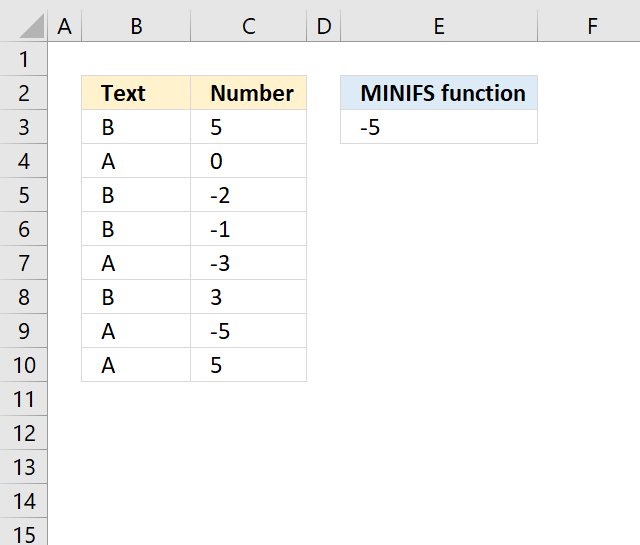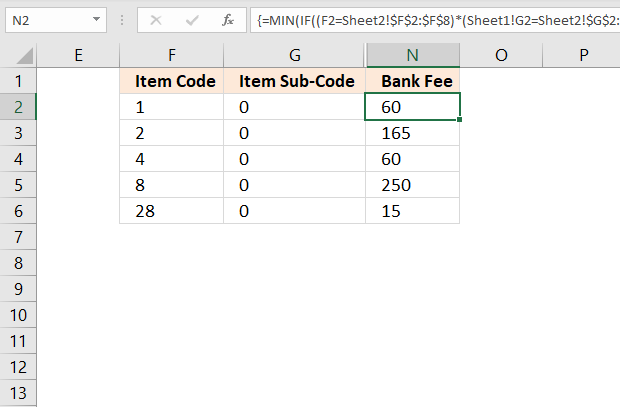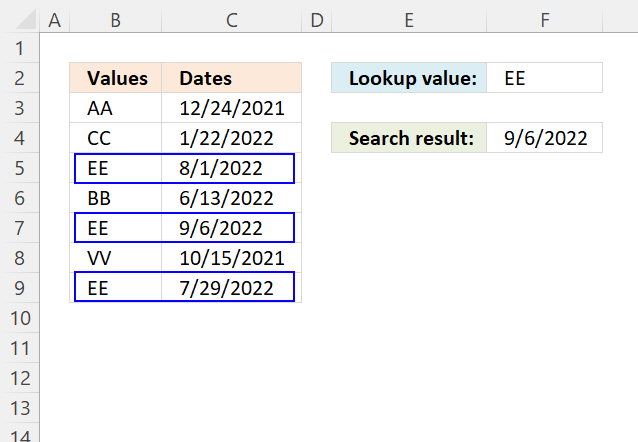'MINIFS function' category
How to use the MINIFS function
What is the MINIFS function? The MINIFS function calculates the smallest value based on a given set of criteria. Related […]
What is the MINIFS function? The MINIFS function calculates the smallest value based on a given set of criteria. Related […]
Compare two columns in different worksheets
This article describes an array formula that compares values from two different columns in two worksheets twice and returns a […]
This article describes an array formula that compares values from two different columns in two worksheets twice and returns a […]
Find and return the highest number and corresponding date based on a condition
Table of Contents Introduction Find and return the highest number and corresponding date based on a condition - Excel 365 […]
Table of Contents Introduction Find and return the highest number and corresponding date based on a condition - Excel 365 […]
Find the most recent date that meets a particular condition
This article demonstrates how to return the latest date based on a condition using formulas or a Pivot Table. The […]
This article demonstrates how to return the latest date based on a condition using formulas or a Pivot Table. The […]



